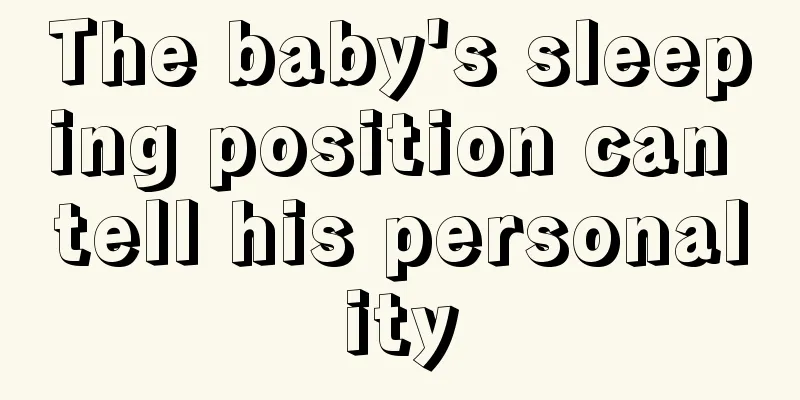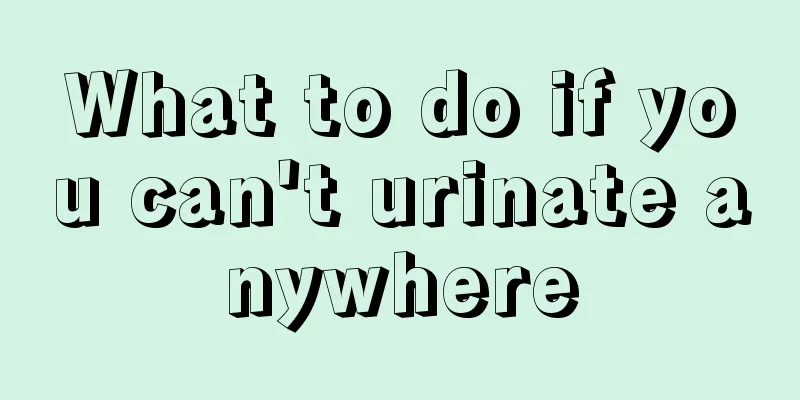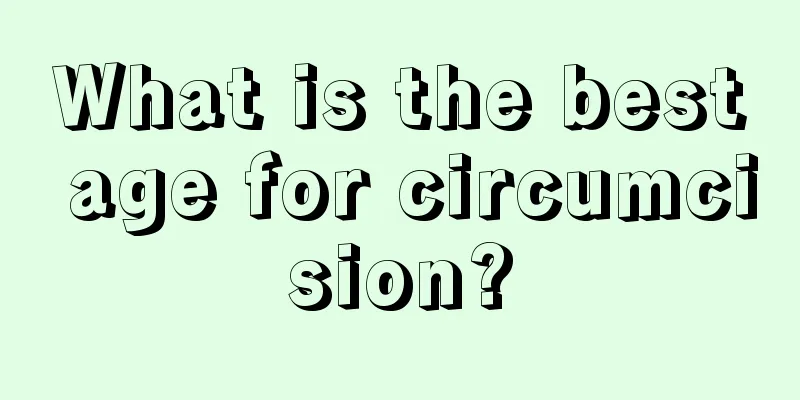The child twitches when excited

|
When children are young, they often suffer from some diseases. These diseases may be caused by poor development during the fetal period, or they may be caused by some diseases during the growth process. So, if a child has convulsions when he is excited, what disease is it? Some parents believe that the disease that causes children to convulse is caused by calcium deficiency. In fact, there is another disease that can also cause convulsions in children - hyperventilation syndrome. Hyperventilation syndrome (HVS) is a group of syndromes caused by abnormal regulation of the respiratory center and hyperventilation exceeding physiological metabolic requirements. It is often manifested by difficulty breathing, numbness of the limbs, dizziness and blurred vision. In severe cases, there may be symptoms such as syncope and convulsions. During an attack, the patient will feel an accelerated heartbeat, palpitations, and sweating. Because he cannot feel his breathing, he speeds up his breathing, which causes the carbon dioxide in the body to be continuously discharged and the concentration to be too low, causing symptoms such as secondary respiratory alkali poisoning, also known as respiratory alkali poisoning syndrome, respiratory neurological syndrome, and hyperventilation syndrome. Clinical manifestations When the disease occurs, breathing becomes deeper and faster, and the patient complains of difficulty breathing; chest tightness, pressure or suffocation, and may have chest pain, palpitations, tachycardia, etc. Numbness of the extremities and face, convulsions of the hands and feet, muscle spasms and even rigidity, and may also occur as well as headaches, dizziness, and impaired consciousness. There were no positive signs on physical examination. diagnosis 1. On the premise of excluding other organic diseases, a clinical diagnosis is made based on the presence of psychogenic factors before the onset of the disease, typical symptoms, respiratory alkali poisoning confirmed by arterial blood gas analysis, and partial or complete induction of major symptoms by hyperventilation provocation test. More common in women. 2. The hyperventilation provocation test uses an end-tidal carbon dioxide analyzer to induce instability in the patient's respiratory regulation function by allowing the patient to voluntarily hyperexhale for 3 minutes (60 times/minute), causing hyperventilation and respiratory alkali poisoning, which can fully or partially reproduce important symptoms. 3. Experimental treatment: try letting the patient inhale carbon dioxide gas to prevent the occurrence of symptoms. |
<<: What causes itchy nose in children?
>>: How to make children's biscuits
Recommend
How to quickly eliminate children's allergies
Baby allergies are different from adult allergies...
Can babies drink honeysuckle tea?
Many people love to drink honeysuckle tea, especi...
What is the cause of premature ventricular beats in children?
The medical concept of premature heart beats refe...
Does a fake pacifier have any effect on the baby?
A fake pacifier is actually what we often call a ...
Why is the diarrhea yellow in children?
The health of the baby often concerns the mother,...
What causes red spots on children?
Every family hopes that everyone in the family is...
The child was born with many red spots
Children's skin is usually very delicate. For...
What should I do if my baby coughs while sleeping at night?
What should you do if your baby coughs in the mid...
What are the symptoms of convulsions in children
Convulsions in children often occur in infants an...
How to care for facial hemangioma in children?
Hemangioma on children's face is one of the m...
What is the standard height and weight for a two and a half year old girl?
Children are the focus of the family from the mom...
What to do if children are deficient in zinc and calcium
When children are deficient in calcium and zinc, ...
What should I do if my child has poor resistance?
Children have weaker health and are always catchi...
Why do children drool a lot?
It is actually normal for babies to drool a lot. ...
How to deal with eczema in a 5-year-old baby?
If a 5-year-old child has eczema, the child's...









